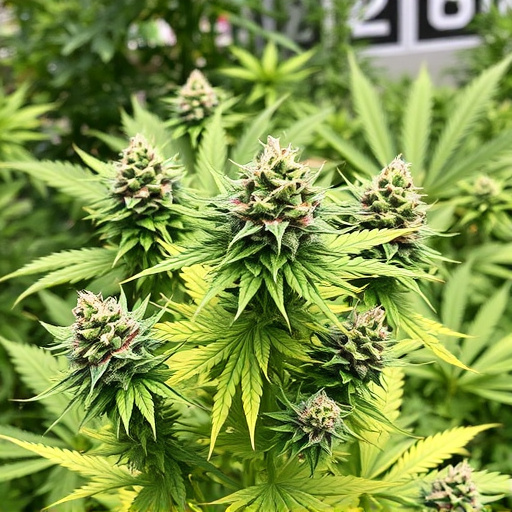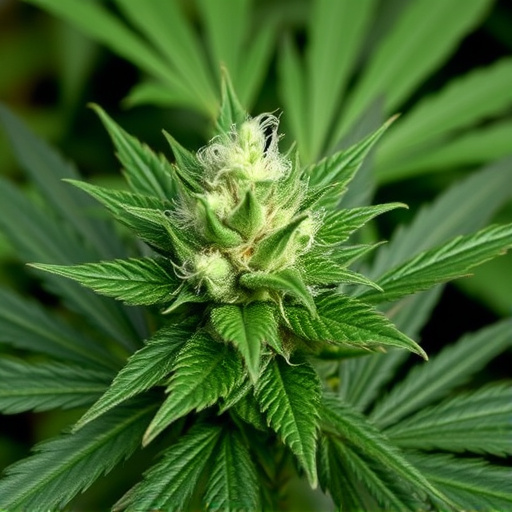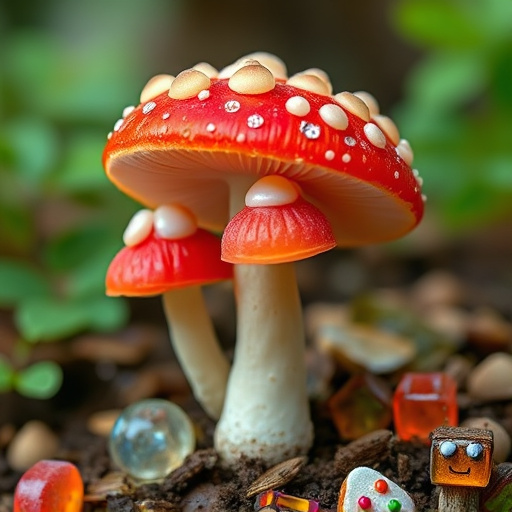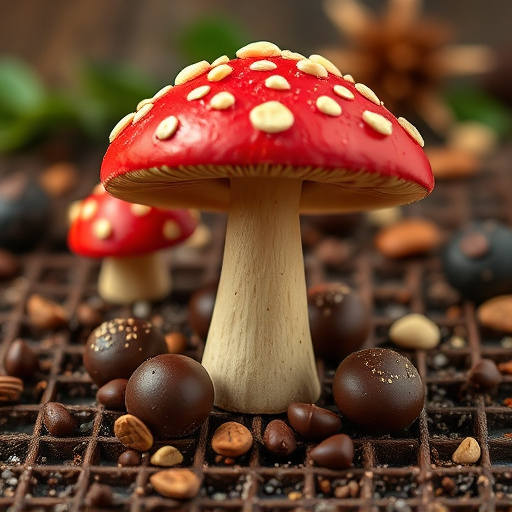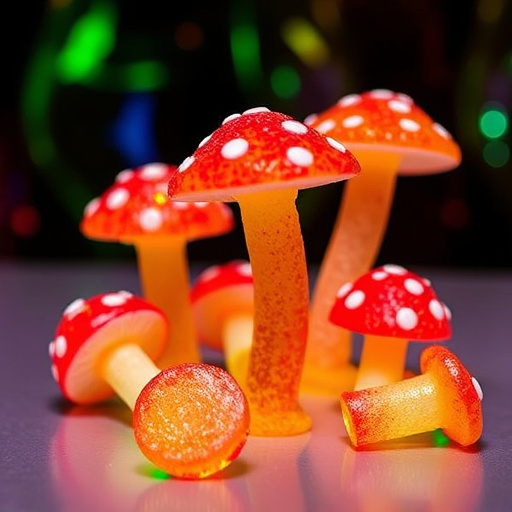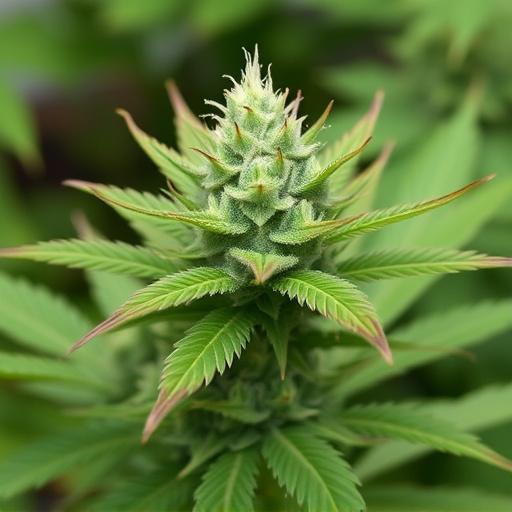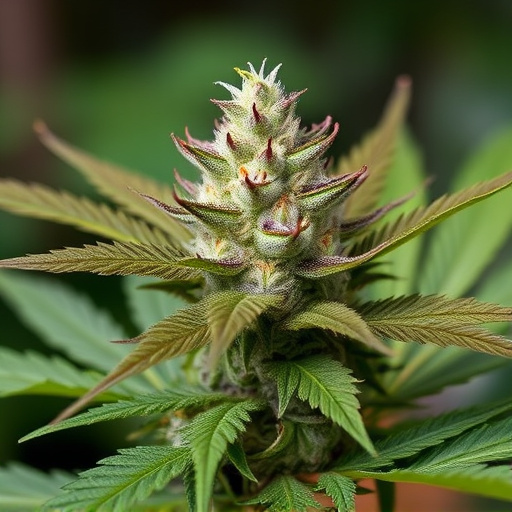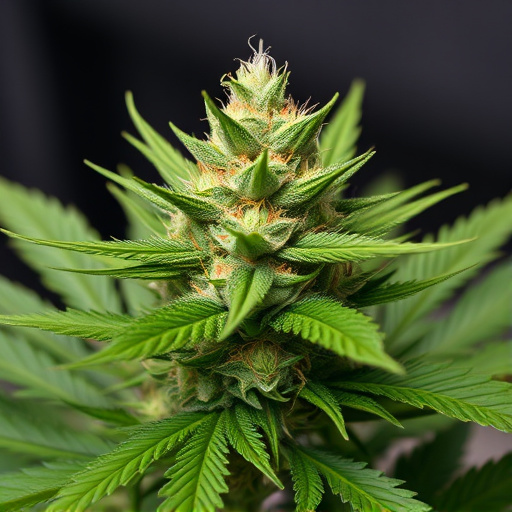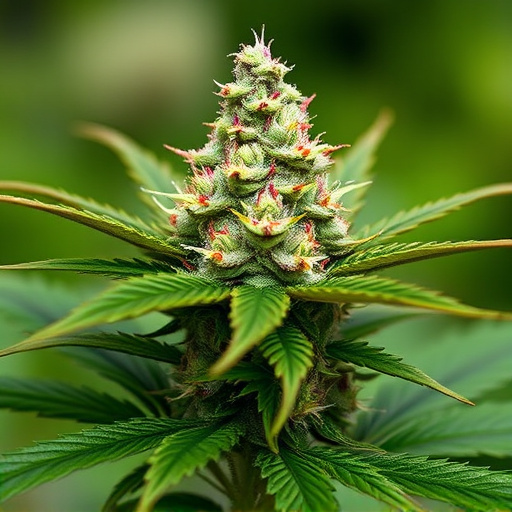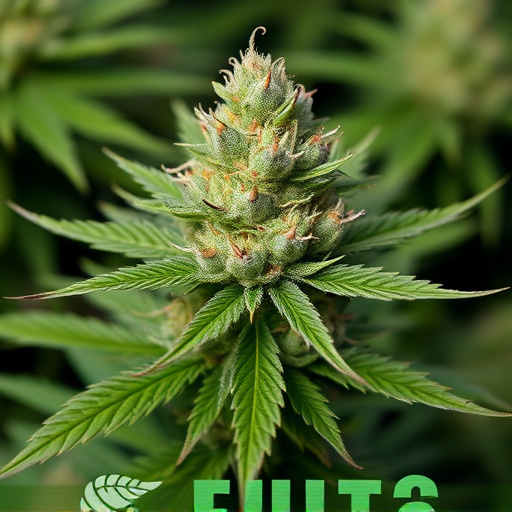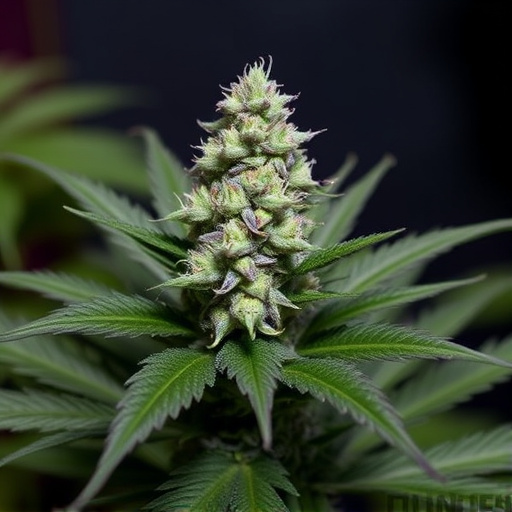The distinctive aromas of cannabis flowers stem from complex interactions between terpenes (over 100 types identified) and aromatic compounds, resulting in unique scent profiles ranging from fruity/floral to earthy/spicy. These terpenes engage our sense of smell and interact with the endocannabinoid system, potentially modifying the effects of cannabinoids like THC and CBD. The best cannabis strains are highly sought after for their distinctive aromatic and therapeutic qualities, achieved through genetic variations that create diverse terpene combinations appealing to various olfactory preferences in the modern market.
Cannabis flowers are renowned for their distinct and potent aromas, which can range from earthy and musky to fruity and floral. This compelling scent isn’t just a pleasure for the senses; it’s driven by powerful chemical compounds called terpenes and aromatic molecules. These compounds play a pivotal role in attracting pollinators, deterring predators, and even influencing cannabis strains’ therapeutic properties. In this article, we’ll explore how genetic variations create diverse scent profiles and offer cultivators tips to nurture high-aromatic cannabis strains, showcasing the best cannabis strains for their unique olfactory delights.
- The Role of Terpenes and Aromatic Compounds
- Genetic Variations and Scent Profiles in Cannabis Flowers
- Cultivating High-Aromatic Cannabis Strains: Tips for Growers
The Role of Terpenes and Aromatic Compounds
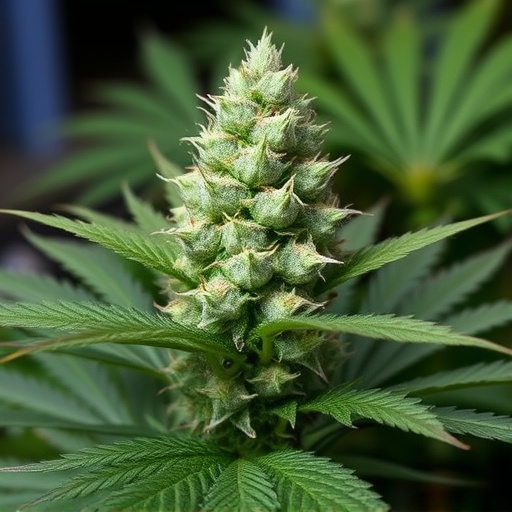
Cannabis flowers emit their distinctive and often powerful aromas due to a complex interplay of terpenes and aromatic compounds. These compounds are natural chemicals produced by the plant, contributing significantly to the unique scent and flavor profiles we associate with different strains. Terpenes, in particular, play a pivotal role in cannabis’ aroma, with over 100 identified types influencing both the smell and potential therapeutic effects.
The best cannabis strains are often celebrated for their distinct terpenic profiles, which can range from fruity and floral to earthy and spicy notes. For example, myrcene, a common terpene, imparts a musky and terrestrial aroma, while limonene offers a bright citrusy scent. These aromatic compounds not only engage our sense of smell but also interact with the endocannabinoid system, potentially enhancing or modifying the effects of cannabinoids like THC and CBD.
Genetic Variations and Scent Profiles in Cannabis Flowers
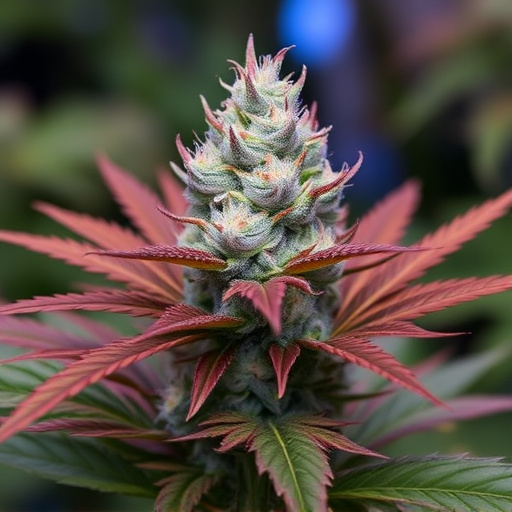
Cannabis flowers have a wide range of scent profiles, which is largely influenced by genetic variations among different strains. Each cannabis plant contains numerous terpene compounds and flavonoids that contribute to its unique aroma. These chemical components not only give cannabis its characteristic smell but also play a role in its potential therapeutic effects and the overall experience of consumers.
Among the best cannabis strains known for their distinct and potent aromas, genetic diversity is often the key factor. Certain strains have been bred specifically for their intense scent profiles, attracting enthusiasts who seek specific terpene combinations. This genetic variation allows for a vast array of smells, from fruity and floral to spicy and earthy notes, ensuring that there’s a strain to cater to almost every olfactory preference in today’s diverse cannabis market.
Cultivating High-Aromatic Cannabis Strains: Tips for Growers
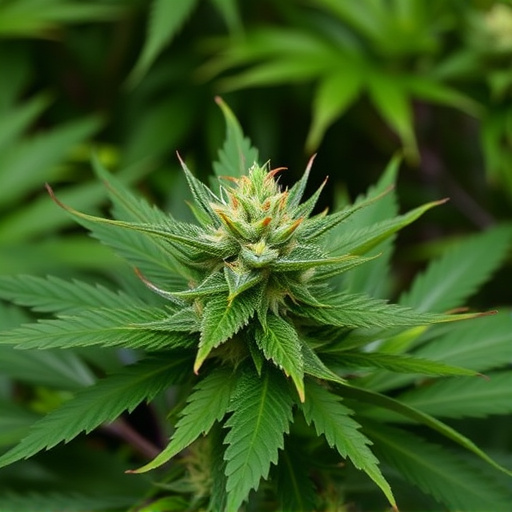
Cultivating high-aromatic cannabis strains requires a meticulous approach, as these varieties are renowned for their intense and distinctive aromas. Growers can enhance the scent profile by focusing on several key factors. Firstly, selecting the right genetics is paramount; choosing strains known for their robust fragrance traits is essential. Popular choices often include specific cultivars that have gained fame for their unique and appealing scents, such as the best cannabis strains renowned for their citrusy or floral notes.
Additionally, environmental conditions play a significant role. Optimal growing practices, including controlled climate systems and precise humidity levels, contribute to the development of more potent volatiles, resulting in stronger aromas. Proper timing of flower cycles is also critical; allowing enough time for the plants to mature fully enables the accumulation of higher terpene concentrations, which are responsible for the characteristic cannabis smells.
Cannabis flowers emit potent aromas due to a complex interplay of terpenes and aromatic compounds, with genetic variations playing a pivotal role in shaping unique scent profiles. Understanding these elements is key to cultivating the best cannabis strains. Growers can optimize fragrance by selecting specific genetic lines and employing meticulous cultivation techniques. This ensures not only high-quality cannabis but also enhances the overall sensory experience for consumers looking for distinct and desirable scents among the many available on the market.

